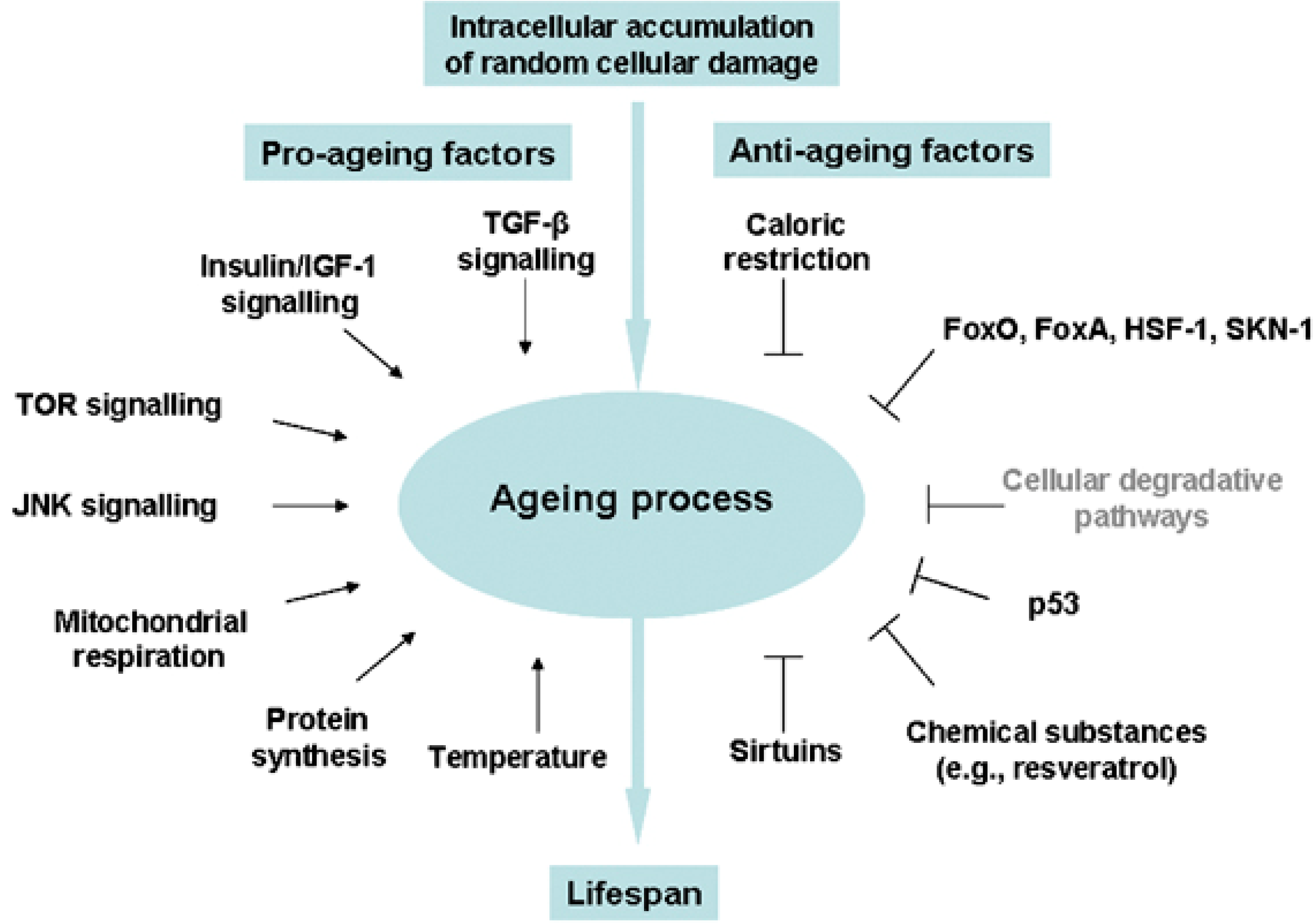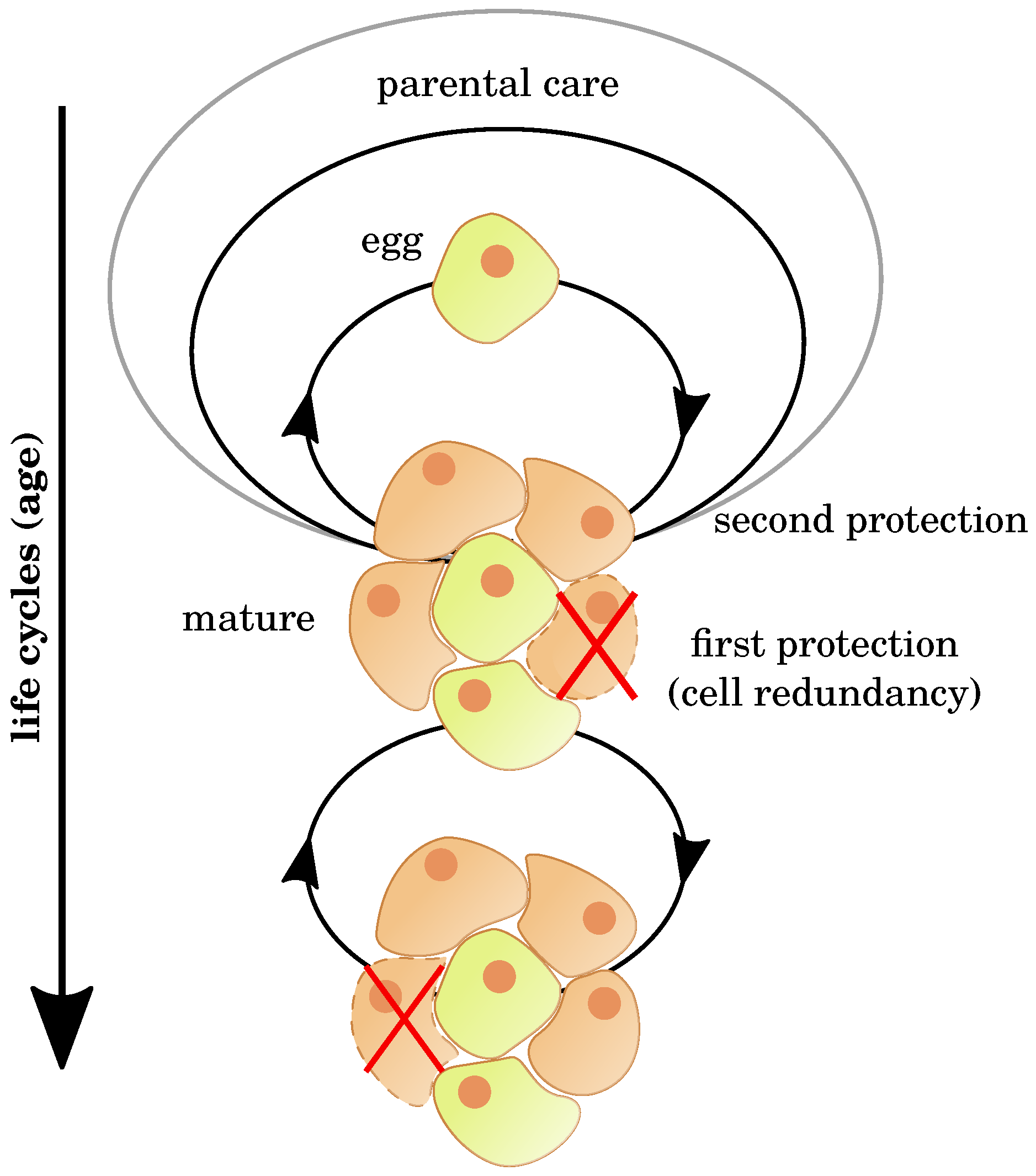Role of cell cycle control in early chronological aging Cell cycle Biology Diagrams Cellular senescence is a permanent state of cell cycle arrest that occurs in proliferating cells subjected to different stresses. Senescence is, therefore, a cellular defense mechanism that prevents the cells to acquire an unnecessary damage. injury, cancer, and aging. Although senescence is one of the causative processes of aging and it is Cellular senescence is cell cycle arrest that brings a variety of phenotypic changes to cells, including a pro-secretory phenotype 12.Senescence is commonly associated with aging, but its

Cell senescence is a kind of cell state caused by stress injury and some physiological processes, which is characterized by irreversible cell cycle arrest, accompanied by secretory features, macromolecular damage and metabolic changes, these functions can depend on each other to jointly drive the aging process . Cell senescence may be an

Cellular Senescence: Aging, Cancer, and Injury Biology Diagrams
A distinctive feature of senescent cells is the increased expression of cell cycle-inhibitory proteins, collectively known as cyclin-dependent kinase inhibitors. Aging Cell 11, 378-383 (2012

Introduction. Cellular senescence, a seminal discovery of Hayflick and Moorhead (1961) is a process that globally regulates cell fate and can be considered a hallmark of aging (Hayflick and Moorhead, 1961; López-Otín et al., 2013).Hayflick demonstrated that upon serial passaging, normal human diploid fibroblast cell strains cease to divide in vitro after a fixed number (40-60) of

Cellular Aging Characteristics and Their Association with Age Biology Diagrams
Macromolecular damage is a common feature of senescence. Secretion is another common feature of senescence and is sometimes (context-dependently) found in the differentiated state. Cell-cycle arrest is generally considered irreversible during senescence and terminal differentiation, although cell-cycle re-entry can occur under certain conditions. With respect to markers of cell cycle arrest, we observed significant increases in the expression of p16 INK4a (Cdkn2a), a cyclin-dependent kinase inhibitor commonly utilized as a marker of senescence, both with age and cognitive status (Figure 3A).
